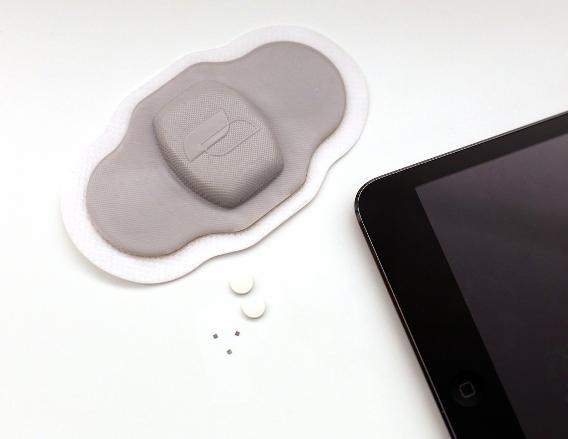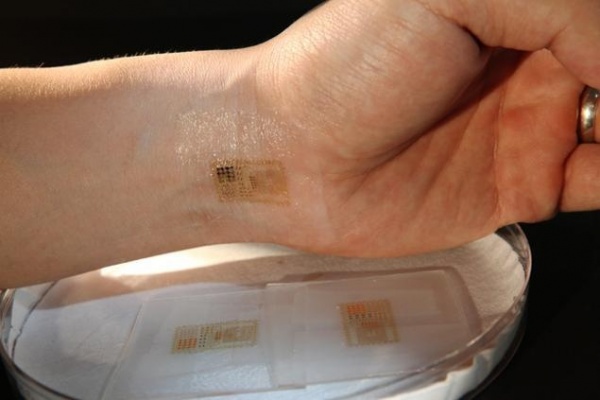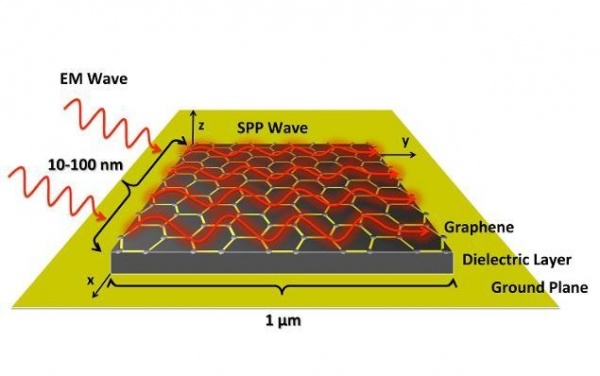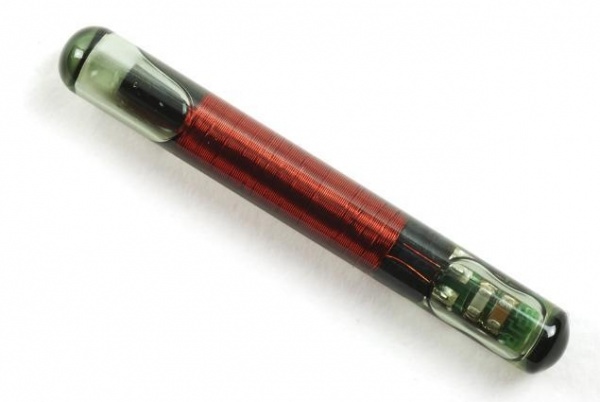Looking at the craze caused by Apple Watch, you might think that wearable technology will become the next major change in the technology industry? This may not be the case. Wearable technology does have its own glorious moments, but they are just a transition. In the future, technology products will enter our bodies rather than stay outside the body. Yahoo Tech has taken stock of nine fast-growing implantable technologies, and it may not be long before these technologies become part of our body.
1. Implantable smartphone

Yes, we basically put the phone next to us 24 hours a day, but if we can really connect with the phone? This idea has actually become a reality. Last year, artist Anthony Antonellis embedded an RFID chip into his arm that could be used to store and transfer artwork to his smartphone.
Researchers are experimenting with turning human bones into embedded sensors for active speakers, and scientists are working on an eyeball implant technology that allows users to take photos and transfer them to any local storage medium in a blink of an eye.
If the phone runs inside our body, where should the display be placed? Autodesk researchers are working on a system that can display images through artificial skin. In addition, the image can also be displayed directly in front of your eyes through the eye implant.
2. Treatment chip

Digital implants that can be directly connected to smartphone applications can now be used to monitor and treat diseases. For example, Boston University is testing a bionic pancreas with a tiny sensor that can communicate directly with smartphone applications to monitor blood sugar levels in people with diabetes.
Scientists in London are developing capsule-sized, swallowable boards that can be used to monitor the fat levels of obese children and generate genetic material that makes them feel "satisfied". It has the potential to replace surgery or other invasive means to treat obesity. In addition, more than a dozen implant development projects for the treatment of heart murmurs and anxiety disorders are underway.
3. Digital pills to chat with doctors

Implants can not only communicate with your phone, they can also chat with your doctor. Proteus is a project developed by the British research team to create digital tablets with microprocessors that can send text messages to doctors directly inside your body. This tablet can provide your doctor with internal information about your body to help them understand if you are taking the right medication and if the results are as expected.
4. Bill Gates' implantable birth control technology

The Gates Foundation is supporting a new birth control technology project at MIT. Unlike traditional birth control methods, this technology uses a tiny chip to generate a small amount of contraceptive hormone on a regular basis, valid for up to 16 years. The chip is controlled by an external device, and its invasiveness is similar to that of a tattoo.
5. Smart tattoo

Considering the popularity of tattoos, why not make it smarter? Researchers at the University of Illinois use computer fibers that are thinner than hair to create an implantable skin mesh that monitors the inside of the skin on the skin's surface.
A company called Dangerous Things has created an NFC chip that can be embedded into your fingers in a tattoo-like way to unlock the device or skip the password entry process. A Texas company has also developed a type that can be injected under the skin -- just like a tattoo ink -- to track bodily functions.
6. Brain machine interface

Connecting the human brain directly to the computer is a bridge that is unique in science fiction. At present, a research team named BrainGate at Brown University is at the forefront of the field. As they wrote on the website, “The BrainGate team found that by implanting an infant with an aspirin-sized electrode array into the brain, the neural signals can be 'decoded' in real time by the computer and used to operate the external device.â€
According to Intel's prediction, the brain-computer interface will be put into practical use in 2020. Intel's research institute Dean Pomerleau pointed out in a recent article, "At the end of the day, people may be more likely to be implanted with the brain. Imagine that you can browse the web with your own thinking."
7. Meltable bio battery

One of the challenges of implantable technology is how to get the power. Since they are implanted inside the body, you can't plug them directly, and you can't just take them out and change batteries.
A research team at Draper Laboratories in Cambridge, Mass., is developing a biodegradable battery. This battery generates power inside the body and wirelessly transmits it where it is needed, then melts. In addition, there is a project that is exploring the technology of using the body's own sugar to generate electricity for the implant - you can think of it as a smaller, more advanced potato battery.
8. Smart dust

Perhaps the most surprising of the current implantable innovations is smart dust. These "dust" are actually computers equipped with antennas, each of which is smaller than a single piece of sand, and can form the required network inside the body to perform some complex applications. For example, these groups of nanodevices can attack early cancer cells, pain relief for wounds, and even deep-encrypted storage of critical personal information.
By using smart dust, doctors can perform a variety of operations without having to cut your body, and information can be deeply encrypted inside your body until you unlock it from a very private nano network.
9. Self-verification

Implantable technology is against social norms and can even lead to potential confusion. This technology can be used to identify everyone. For example, the US military has begun implanting RFID chips for soldiers to keep the troops automated and global. Many social critics believe that this identity expansion is inevitable. Some people have seen positive signals: help fight crime, bring safe elections, promote medical information/response revolutions, and let parents never lose their children.
Fargo Cleaning Card,Fargo Printer Cleaning Card,Fargo 82133 Cleaning Cards,Fargo Cleaning Kit
Miraclean Technology Co., Ltd. , https://www.mrccleanroom.com